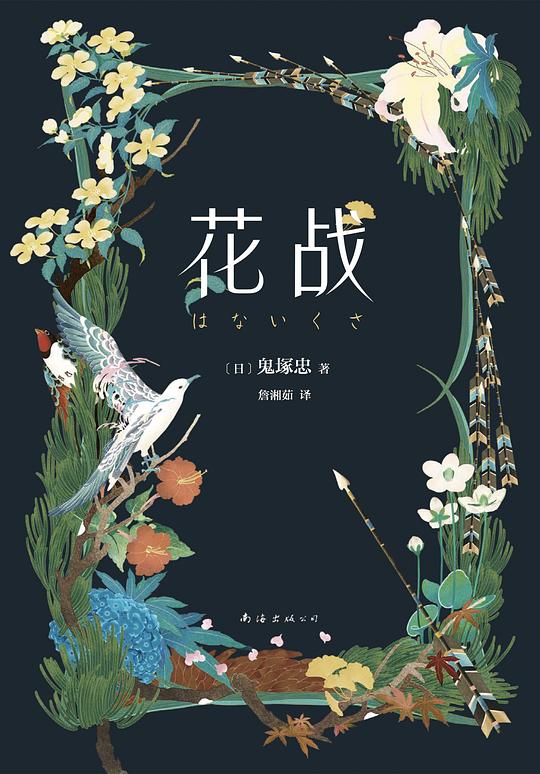
花剑正义,展开花战
书名:花战
1
0

世界地图 2023-06-19 17:31:22
In Jin Yongs masterpiece of martial arts, "The Legend of the Condor Heroes," Mu Rong Fu exclaimed "Flying flowers, plucking leaves, all can cause injury" when he went insane. This phrase has been widely used to describe the profound martial arts of true masters. In the novel "Hanakassen," the protagonist vividly interprets the essence of "flying flowers, plucking leaves, all can cause injury."
The main character of the novel is Ikebana Tsunehiro, a flower arranger and a renowned master of flower arrangement at Kyoto Rokujo-do. He is also adept at using flowers to heal others. Sen no Rikyu is a famous Japanese tea master who made significant contributions to the formation and popularization of Japanese tea culture. Tsunehiro and Sen are like-minded friends who share the same philosophy in tea.
After Hideyoshi Toyotomi came into power, he became more and more ruthless and did not tolerate challenges from dissidents. Sen no Rikyu did not find favor with Hideyoshi Toyotomi and sadly passed away in order to defend his values. Faced with the death of his friend, Tsunehiro no longer remained silent. He challenged Hideyoshi Toyotomi with his beloved flowers as weapons.
The author of this book, Tadao Kikuchi, may not be well-known to many people. His life experiences were quite legendary. He became a backpacker around the world since his university days and later became a novelist with works such as "Hanakassen," "The Violin Across the Strait," and "The Love Story of Little DJ."
Under the theme of revenge, the novel also contains profound aesthetic concepts and philosophical contemplation. It highlights the traditional beauty of "mono no aware," "yugen," and "wabi-sabi," which are in line with traditional Japanese aesthetics. Although the novel has few long sentences, this atmosphere permeates the words and is deeply embedded in the story. As the preface of this book says, "when Ikebana was formed, it was during Japans Warring States period. Seeing plants that endure rain, dew, wind, and snow, people were motivated by the beauty of their genuine vitality and found solace in their hearts, cherishing hope for tomorrow." The protagonist, Tsunehiro, brought the power and hope of life to people through Ikebana during these difficult times. Not only appreciating the blossoming flowers, but also the buds, the wilted flowers and broken leaves hold an equal vitality, and as long as there is "life," there is beauty.
Its worth mentioning that this book has been adapted into a movie. In 2017, the film "The Master of Flowers in the Chaotic Times" directed by Tetsuo Shinohara and starring Mansai Nomura, Ennosuke Ichikawa, and Takashi Kashiwabara, received high praise.
Finally, in the worlds major literary genres such as English literature, French literature, German literature, Spanish literature, Chinese literature, and Japanese literature, I prefer Japanese literature. In my view, Japanese literature can be roughly divided into two categories: one is represented by writers such as Akutagawa Ryunosuke, Natsume Soseki, Junichiro Tanizaki, Nagai Kafu, Yasunari Kawabata, and Yukio Mishima, who depict the "beauty and sorrow" of traditional Japanese culture, and have a strong feeling of "mono no aware." The other is represented by authors such as Rampo Edogawa, Ryohei Sugiura, and Chisei Maeda, whose styles are bizarre, eerie, and dark. Of course, this is only an informal and rough classification and differentiation, and it is actually difficult to compare the two categories on the same level, especially since they are not in the same era. Moreover, writers such as Junichiro Tanizaki have also written some weird and eerie novels. "Hanakassen" is close to the former category, and reading it can make people deeply appreciate the aesthetic scenery of traditional Japanese culture and feel comfortable and at ease.
相关推荐
萤火谷的梦想家
艾莉森•麦吉出生于1960年,是美国《纽约时报》畅销书作家,同时也是大都会州立大学创意写作课的教授。她的作品被翻译成20多种语言并出版,也曾被提名普利策奖,并获得苏斯博士奖金奖、克里斯托弗图书奖、美国 [美]艾莉森•麦吉/[美]克里斯托弗•丹尼斯/绘 2023-03-27 16:50:25鬼马女神捕1·绝密卧底(上)
腹黑凤凰vs毒舌鸡妖——蓝翎:“小姬,跟我去人界吧!”姬十四:“干吗?让人宰了我做小鸡炖蘑菇吗?”蓝翎:“不啊,让妖怪宰了你做小鸡炖蘑菇更气派。”凤凰蓝翎和鸡妖姬十四生活在无忧无虑的灵界。他们的故乡叫 郝天晓 2023-04-17 00:22:47© 2023-2025 百科书库. All Rights Reserved.


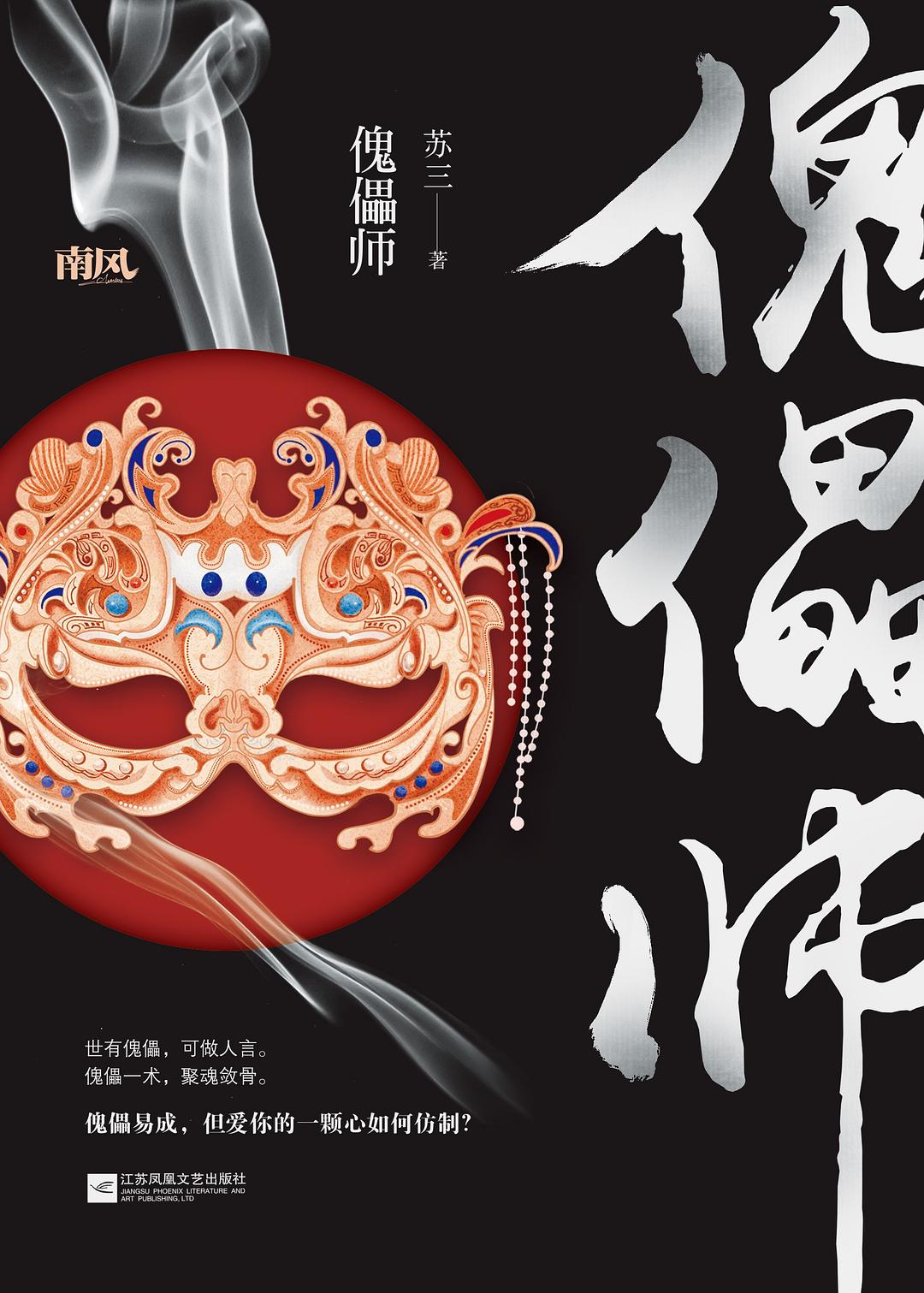
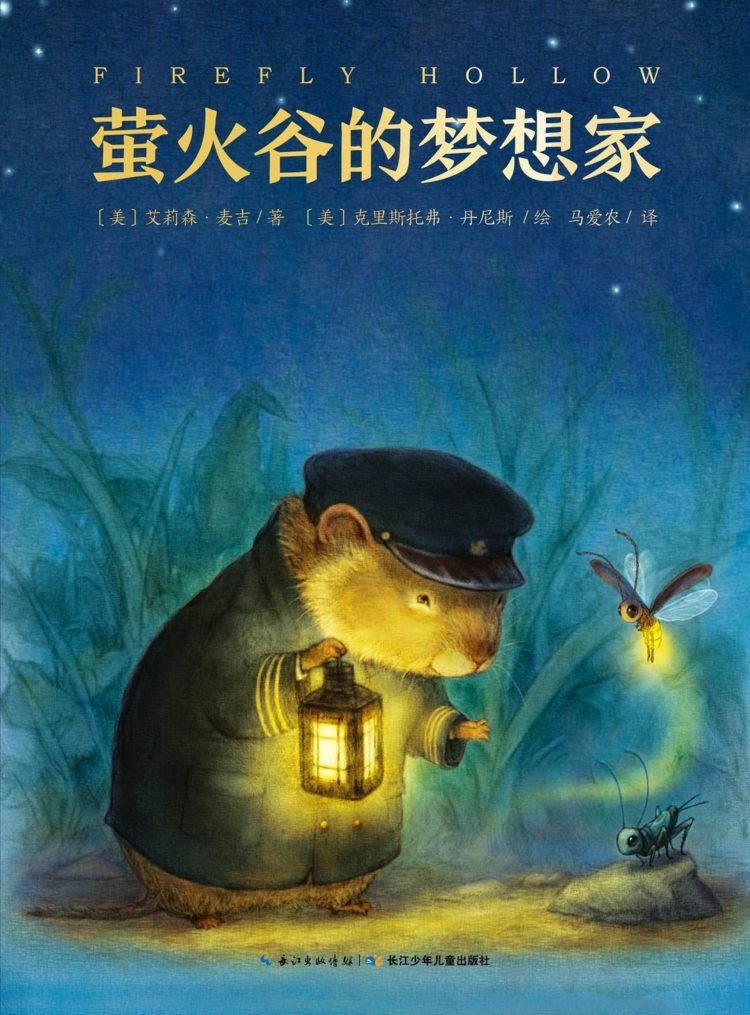
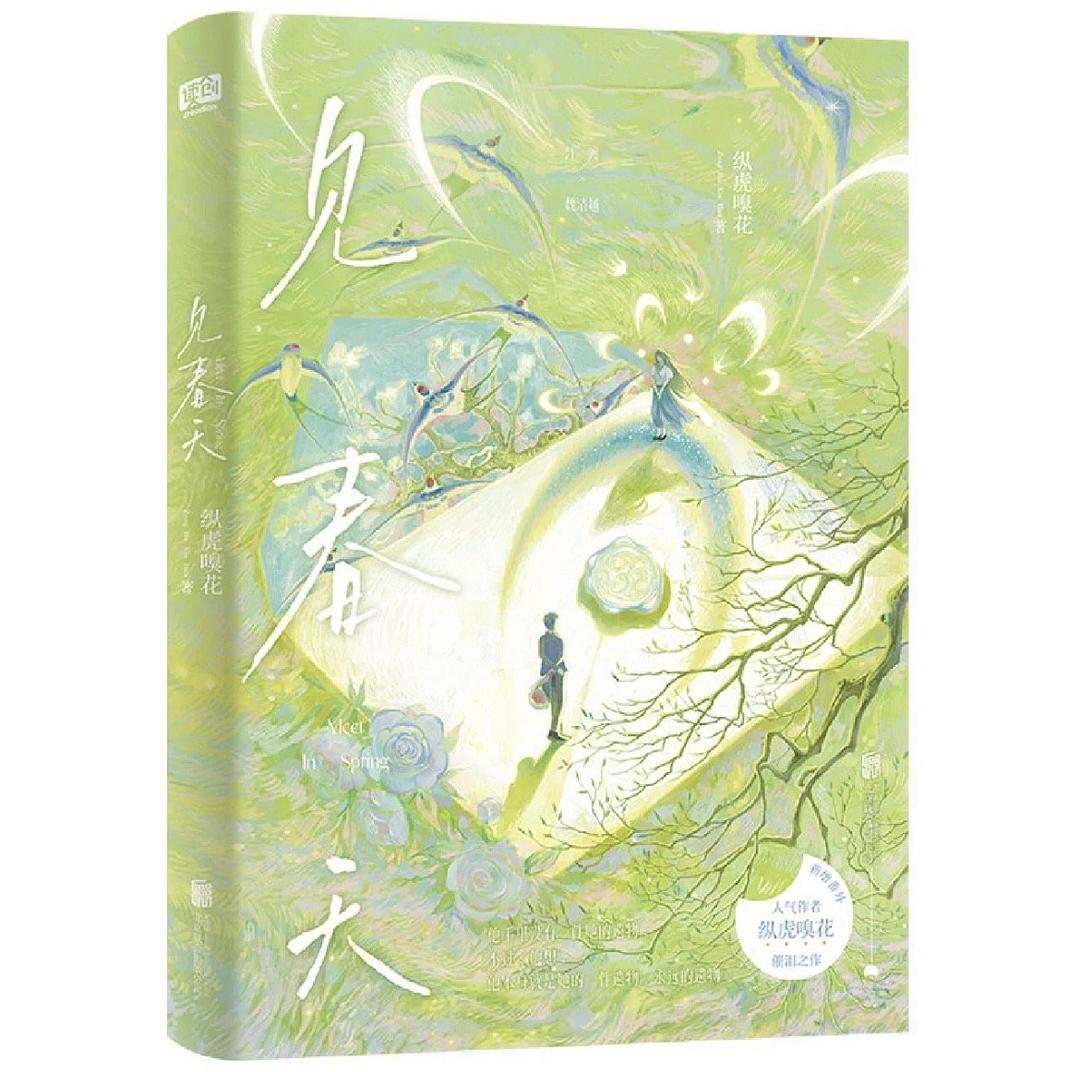
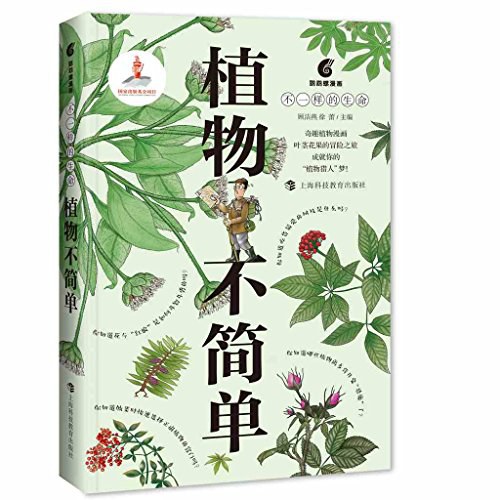
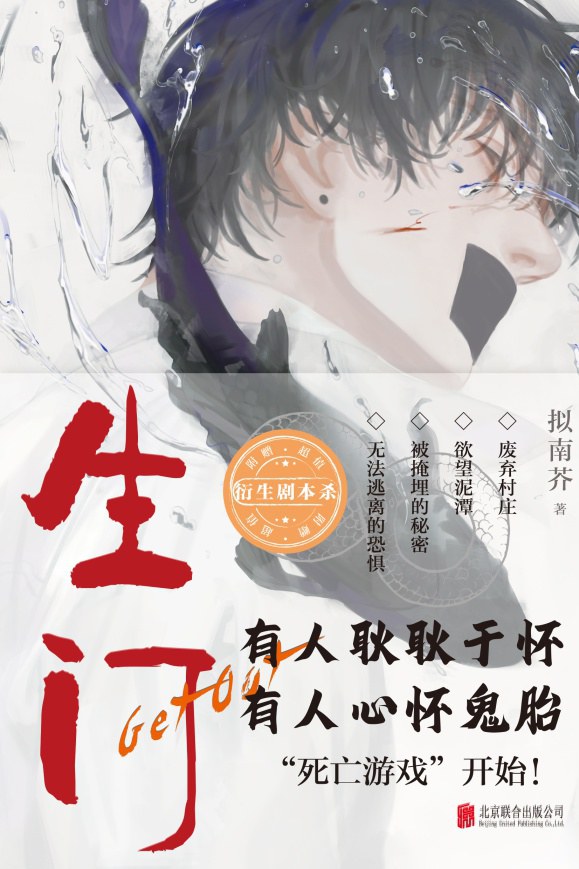

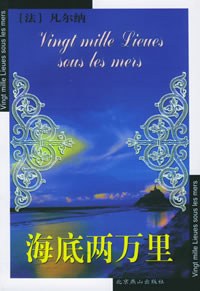
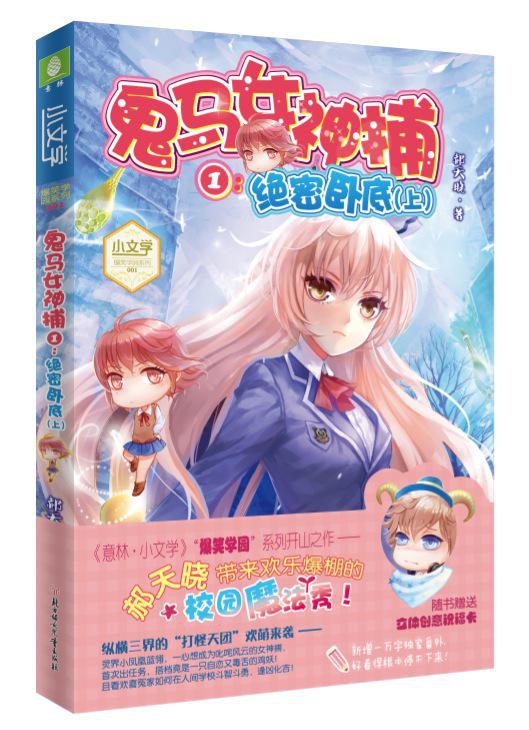
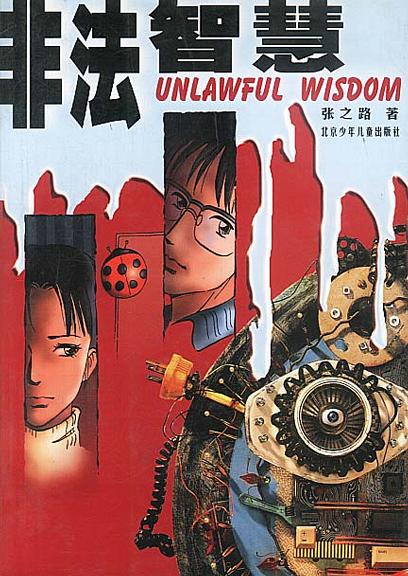
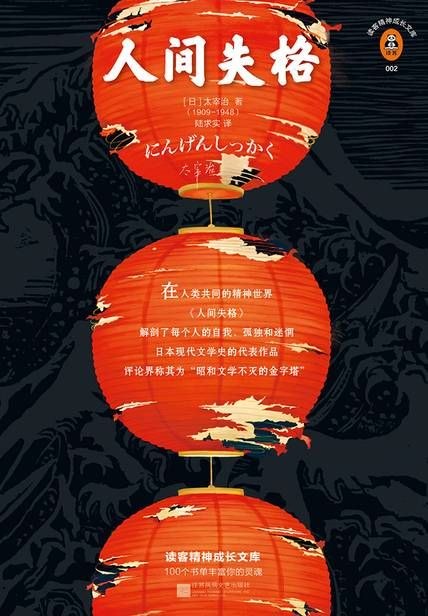
发表评价